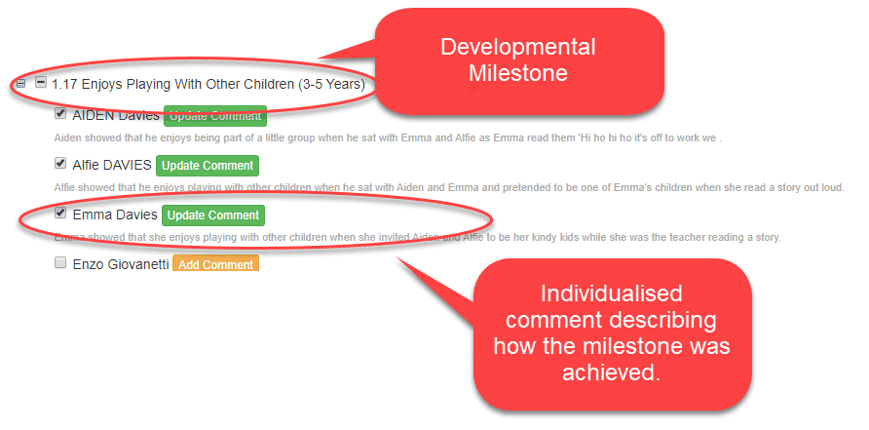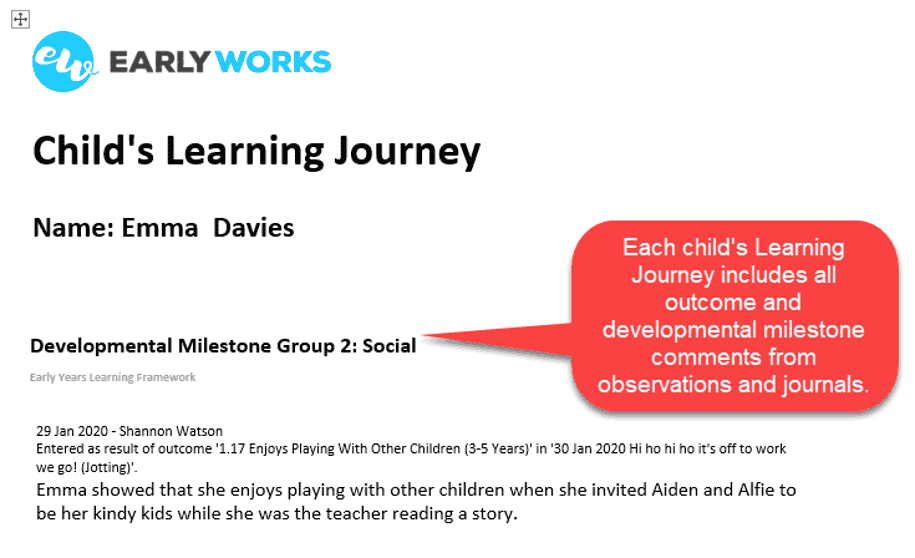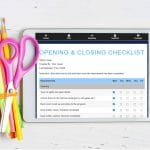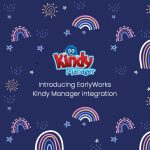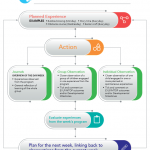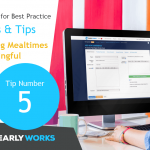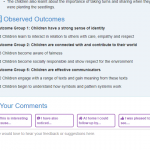Notice and Document Developmental Milestones
Striving for Best Practice – Tip Six
This is the sixth in the EarlyWorks’ Striving for Best Practice blog series.
Tip Number Six – Notice and Document Developmental Milestones
What happens when a family member has a niggle about their child’s behaviour or development, and they ask you if you have noticed anything unusual or not quite right about their child’s progress?
Do you go into auto pilot, and say “All children develop at different rates. I’m sure there’s nothing to worry about…” In your mind you are thinking, “I haven’t noticed anything unusual, but I do have 40 children over 5 days, how would I notice one child’s development?”
Or, do you go into your documentation for that child, and with the family talk through your observations and checklists, and provide a more considered response like: “From our observations, it does look as though Harley is yet to show some of the physical milestones for his age, however, he appears to have achieved most of the social, emotional and cognitive milestones. If you are concerned maybe it would be a good idea to have a chat with your GP, child health nurse, or other health professional.”
The research indicates that when a parent has a niggle about their child’s development, they are not imagining it. Research carried out at both Curtin University and the Australian Catholic University (Published in ‘The Sector’ Feb 6 2020) found that parents’ “aha moments and niggles were often signs of real developmental delays.” So as early childhood educators working in partnership with families, we need to take those concerns seriously.
EarlyWorks makes it easy to not only document milestones, but also to share that information with families (EYLF Principle 2 Partnerships: Learning outcomes are most likely to be achieved when early childhood educators work in partnership with families)
- EarlyWorks includes both the EYLF and the ACECQA Developmental Milestones, so when educators are creating observations and journal entries, milestones can be ticked and commented on.
- Parents are then able to read the individual comments regarding developmental milestones when they receive the observation for their child. And, they can add comments directly into the observation. An effective way to ‘build on the strength of each other’s knowledge’ (Belonging, Being and Becoming, p. 12).
- All of this rich data is collected in each child’s Learning Journey, as well as their individual profile.
If we look closely at the Principle of Partnerships in the EYLF Belonging, Being and Becoming document we will read the statement “In genuine partnerships, families and early childhood educators value each other’s knowledge of each child.” If we want families to value our knowledge, we need to demonstrate that we have that knowledge, and one way of doing that is by noticing, documenting and sharing children’s achievement of developmental milestones.


